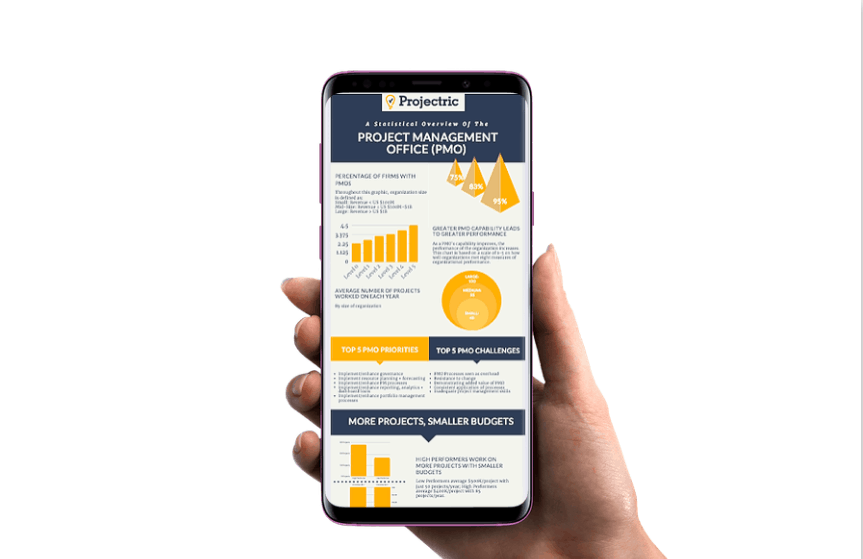Navigating Project Success: The Crucial Role of Schedule Performance
Staying on schedule is akin to orchestrating a symphony where every note, or in this case, every task and milestone, plays a crucial role. Schedule performance, a key performance indicator (KPI), is the compass that guides project managers through the labyrinth of timelines, resource allocation, and task completion. In this blog, we unravel the significance of schedule performance, exploring how it serves as a navigational tool, ensuring projects reach their destinations on time and within scope. Schedule performance, a key performance indicator (KPI), is the compass that guides project managers through the labyrinth of timelines, resource allocation, and task completion. The Vitality of On-Time Project Completion At the heart of schedule performance lies the essence of time management. Every project, regardless of its scale or complexity, is governed by timelines. Meeting these deadlines is not just a goal; it’s a commitment to project stakeholders. On-time project completion instills confidence, builds trust, and sets the stage for future successes. Project Schedule Variance (PSV) is a metric that becomes the spotlight in this scenario. It measures the difference between the planned project schedule and the actual progress. A positive SV indicates that the project is ahead of schedule, while a negative SV signals potential delays. By keeping a close eye on SV, project managers can proactively address deviations, ensuring the project stays on course. Milestone/Task Completion Metrics: Guiding the Project Journey Breaking down the project into manageable milestones and tasks is a strategic move that aids in achieving Schedule Performance. These metrics serve as markers on the project roadmap, guiding the team towards the overarching goal. Monitoring milestone and task completion rates provides insights into the efficiency of resource allocation and the overall project progress. A high completion rate signifies effective planning and execution, while a lagging rate indicates potential bottlenecks that require attention. By understanding these metrics, project managers can make informed decisions to keep the project’s journey smooth and on schedule. Efficient Resource Management: The Backbone of Schedule Performance Resource allocation is a delicate balancing act in project management, and it plays a pivotal role in schedule performance. Ensuring that the right resources are available at the right time is crucial for maintaining momentum. Strategic resource management involves not only allocation resources efficiently but also optimizing their usage. Overloading a team member with tasks or underutilizing available resources can both lead to inefficiencies. By constantly evaluating and adjusting resource allocation based on project needs, project managers can enhance schedule performance, ensuring that the project journey is navigated with precision. Communication and Transparency: Keys to Timely Success Effective communication is the linchpin that holds schedule performance together. Keeping all stakeholders informed about project timelines, potential challenges, and achieved milestones fosters a collaborative environment. Regular progress updates, whether through meetings, reports, or project management tools, enhance transparency. This transparency is crucial for aligning the project team, stakeholders, and clients. It builds a shared understanding of project timelines and fosters a sense of collective responsibility for meeting deadlines. Effective communication is the linchpin that holds schedule performance together. Conclusion: Navigating Success Through Schedule Performance Schedule performance serves as a guiding light, illuminating the path to project success. It involves a delicate interplay of strategic planning, efficient resource management, and transparent communication. As project managers navigate through the complexities of timelines and milestones, they use schedule performance as a compass, ensuring that every step aligns with the overarching project goals. “Schedule performance is not just a metric to be measures at project milestones; it’s a continuous process woven into the fabric of effective project management.” Schedule performance is not just a metric to be measures at project milestones; it’s a continuous process woven into the fabric of effective project management. It’s the art of orchestrating tasks, milestones, and resources to create a harmonious symphony of success. By mastering the nuances of schedule performance, project managers steer their projects towards on-time completion, delivering value and confidence to stakeholders. Want to see how Projectric helps PMs steer their projects towards on-time completion and delivers value and confidence to stakeholders? Access our on-demand demo here. ACCESS DEMO Missed the first post in this series? Access our deep dive on the key performance indicator(KIP), Visibility, here.
Navigating Project Success: The Crucial Role of Schedule Performance Read More »











